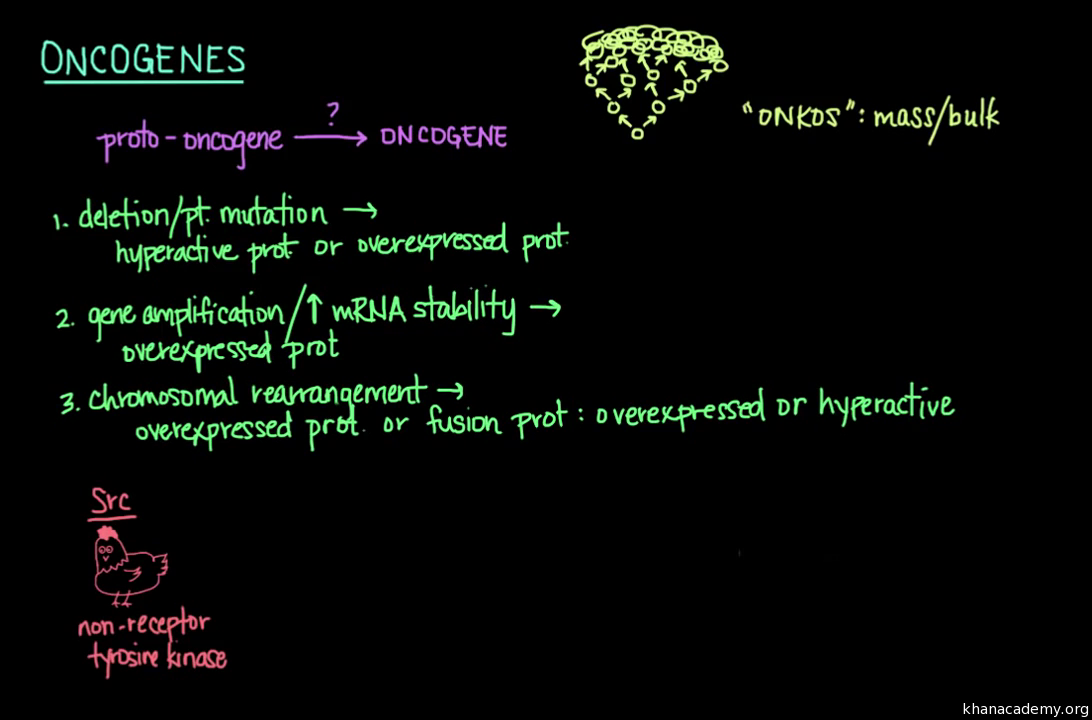
When comes to know about this, many of them are don’t know about the formation of cancer cells in their body. So here in this article, you can get to know all the details, aspects, and the main factors of oncogene formation of cells. Here in this article, you can get the organic mechanism of cancer in detail. So all you need to do is, give a clear look at this article for your study.
Coming to know about this, here the oncogene is one of the world’s leading cancer growth. Therefore it is the sequence of deoxyribonucleic acid that operates positive regulator growth to the humans. So if you are studying biology and searching for medicine-related content better you can refer to this. So that you can get to know more factors about cancer and medicine. Nowadays cancer patients are increasing more and more. So as per this medicine is also growing day by day. There are millions of cancer patients with treatable cancers. With the new discovery, timely investigation, and adequate treatment, carried out within the circumstances of a general cancer control plan, the lives of a notable number of cancer patients can be saved or increased considerably. Most established oncogenes are derived from traditional cellular and are acquired from normal cellular genes. The precursor genes are best described as protooncogenes but they are sometimes loosely connected to oncogenes. It is the Activation of a single oncogene. Activation of a single oncogene is not usually sufficient for cell change. The received genes or oncogenes are not wanted for the virus to be infective or for viral replication. Transformation -defective alternatives that lack the poor variants which lack the oncogene can replicate.
What to know about red meat carcinogens?
The red meat carcinogens are classified as group 2A carcinogens which are possible causes of disease. It includes difficult disease and also causes death to the patient. Processed meat includes ham, bacon, salami, and sausages. Red meat includes all varieties of nonvegetarian fresh meat. Pure white meat, such as chick and fish, are not associated with an improved risk of cancer. Eating lots of processed meat may cause bowel cancer. Carcinogens, including heterocyclic aromatic amines and polycyclic aromatic hydrocarbons, can be produced by the cooking of meat, with the greatest amounts generated at high temperatures by pan-frying, grilling, or barbecuing. Meat processing such as curing and smoking can result in the formation of carcinogenic chemicals including N-nitroso compounds and polycyclic aromatic hydrocarbons.
Colorectal cancer is the third most common cancer in men and the second most common cancer in women, but it is also the cancer type most often associated with red meat consumption. Although lately associated with several diseases and conditions, because of the nutritional value of red meat, as well as the presence of minerals and vitamins, red meat still has a useful role in the human diet and positively impacts human health when it is applied in moderate amounts after recommended cooking methods, and within the context of a well balanced.
Factors regarding red meat carcinogens
Here comes to know about there are many factors available in regarding red meat carcinogens. Although consumption of red meat could be associated with some types of cancer, the fact that meat contains anticancer components which are also essential in human nutrition. So you take into account substantial epidemiological data showing a positive association between the consumption of red meat and colorectal cancer. Provide primary data that red flesh and processed meat can improve colon carcinogenesis. They also actively encourage the reason that heme iron is the major cause of cancer development by red meat. Based on works by separate researchers, the catalytic consequences of heme iron can be inhibited by trapping heme with calcium carbonate or chlorophyll. The endogenous development of NOCs is inhibited by vitamin C and E. Ongoing studies suggest that particular polyphenols can repress fat peroxidation or nitrosation.
Higher intakes of red meat tended to increase cancer risk, and more important dietary flavonoid intake tended to reduce cancer risk. However, flavonoid intake did not reduce cancer risk in those who exhibited high levels of red meat disease. Delivery of probably carcinogenic slow infectious agents is certainly not the only possibility to explain the unusual limitation of the colon cancer risk to the long-time loss of meat. It remains possible that as yet undiscovered chemical carcinogens may arise selectively in the preparatory steps of beef before using. Carcinogens are arising in the processing steps for beef consumption. Their identification could have important implications for the prevention, risk assessment, and therapy of one of the most frequent human cancers. So these are some of the information in regarding knowing of red meat carcinogens and oncogene.






